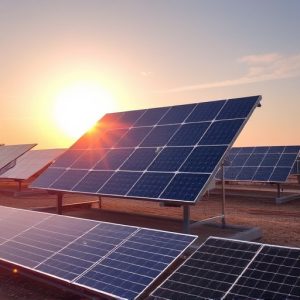As global Solar Power adoption increases, smart inverters—the link between solar panels and electricity grids—require robust cybersecurity to protect against growing cyber threats. These advanced inverters, with features like grid synchronization and remote monitoring, are vulnerable to hacking, manipulation, and system failures, posing data breach, financial loss, and safety hazards. A multi-layered cybersecurity approach including strong encryption, regular software updates, and real-time monitoring is essential to secure smart inverters and ensure reliable, uninterrupted Solar Power distribution.
In the rapidly growing solar power sector, cybersecurity is no longer an optional consideration but a crucial necessity. This article delves into the critical role of solar cybersecurity in protecting smart inverters, the heart of renewable energy systems. We explore the evolving cyber threat landscape targeting clean energy infrastructure and provide insights on implementing robust security measures. Discover how advanced technologies ensure reliable and secure solar power distribution for a sustainable future.
- Understanding Solar Inverters and Their Role in Power Generation
- The Growing Cyber Threat Landscape for Renewable Energy Systems
- Implementing Cybersecurity Measures to Protect Smart Inverters
- Ensuring Reliable and Secure Solar Power Distribution with Advanced Security Technologies
Understanding Solar Inverters and Their Role in Power Generation
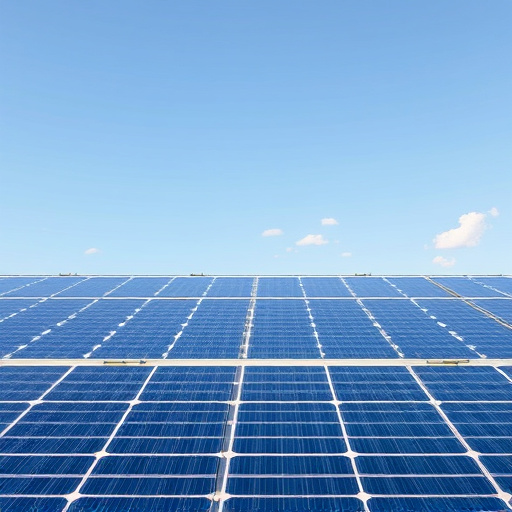
Solar inverters play a pivotal role in harnessing solar power, converting the direct current (DC) generated by solar panels into alternating current (AC), which is then fed into homes and businesses. These smart devices are essentially the bridge between solar energy collection and distribution, making them critical components of any solar power system. Inverters not only ensure that the electricity produced is usable but also enable the monitoring and control of energy generation and consumption in real-time.
With the increasing adoption of solar power worldwide, smart inverters have become more sophisticated, offering advanced features like grid synchronization, energy storage integration, and remote monitoring. This evolution has brought significant benefits to both residential and commercial users, allowing them to optimize their energy usage, reduce costs, and contribute to a sustainable future. However, as these devices become more interconnected, they also become potential targets for cyberattacks, highlighting the growing importance of Solar Cybersecurity in protecting these vital components of our renewable energy infrastructure.
The Growing Cyber Threat Landscape for Renewable Energy Systems
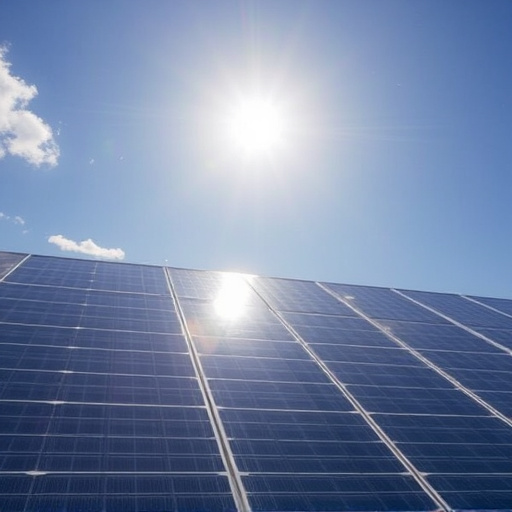
The increasing adoption of solar power worldwide has also attracted the attention of cybercriminals, creating a growing and complex cyber threat landscape for renewable energy systems. As more homes and businesses transition to solar energy, the potential attack vectors for malicious actors expand. Smart inverters, critical components in solar power installations, are now connected to digital networks, making them vulnerable to hacking and manipulation.
This new connectivity offers numerous benefits for monitoring and optimizing performance but also opens up channels that could be exploited. Cyberattacks on renewable energy infrastructure can lead to severe consequences, including system failures, data breaches, financial losses, and even safety hazards. With the rise of Internet of Things (IoT) devices, such as smart meters and interconnected solar panels, the surface area for potential attacks expands, demanding robust security measures to safeguard this critical infrastructure.
Implementing Cybersecurity Measures to Protect Smart Inverters
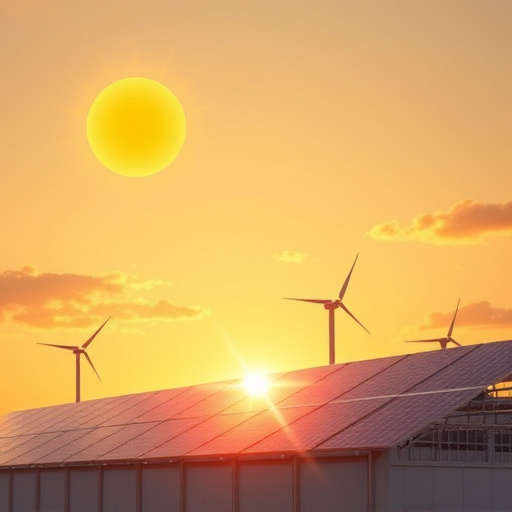
As the adoption of solar power continues to surge, so does the need for robust cybersecurity measures to protect smart inverters—the brain of any solar energy system. These advanced devices not only convert DC to AC power but also communicate with the grid and other systems, making them attractive targets for cybercriminals seeking to disrupt or misappropriate data. Implementing cybersecurity solutions involves a multi-layered approach, starting with strong encryption protocols that safeguard communication channels between inverters and control centers. Regular software updates are equally vital to patch known vulnerabilities and ensure ongoing protection against emerging threats.
Beyond encryption and updates, monitoring systems capable of detecting anomalies in real-time play a crucial role in identifying potential cyberattacks early on. This proactive approach allows for swift response, minimizing damage and downtime. Additionally, employing secure communication protocols like TLS (Transport Layer Security) ensures that data transmitted between inverters, control systems, and the grid remains confidential and unaltered, further bolstering the overall security posture of solar energy installations.
Ensuring Reliable and Secure Solar Power Distribution with Advanced Security Technologies
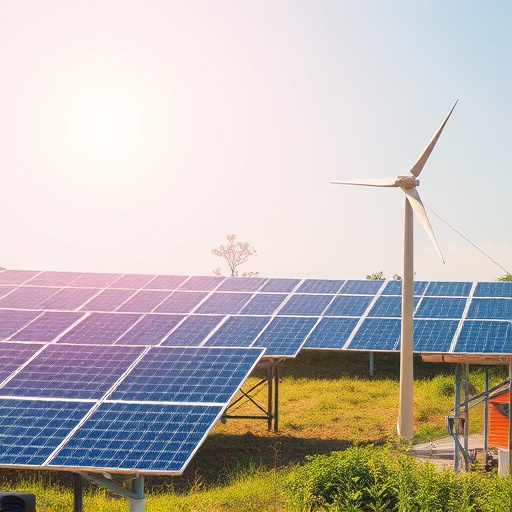
Ensuring reliable and secure solar power distribution is paramount in the growing adoption of renewable energy sources. Advanced security technologies play a pivotal role in protecting smart inverters, which act as the gateway between solar panels and the grid. These technologies employ robust encryption protocols, secure communication channels, and real-time monitoring to safeguard against potential cyber threats. By integrating these measures, utilities and homeowners can ensure uninterrupted power supply while preventing unauthorized access or manipulation of their solar systems.
Smart inverters equipped with cutting-edge cybersecurity features offer numerous benefits. They enhance system resilience, detect anomalies, and mitigate risks associated with hacking attempts or malicious software. Moreover, they enable remote management and monitoring, allowing for swift responses to security incidents and performance issues. This proactive approach not only ensures the integrity of solar power distribution but also contributes to a more stable and secure energy infrastructure overall.
As the adoption of solar power continues to surge, securing smart inverters from cyber threats becomes increasingly vital. By understanding the unique role of inverters in power generation and navigating the evolving threat landscape, we can implement robust cybersecurity measures. Advanced security technologies ensure reliable and secure solar power distribution, safeguarding our renewable energy infrastructure for a sustainable future. Protecting these systems is not just about mitigating risks; it’s about harnessing the full potential of clean energy while keeping one step ahead of emerging cyber threats.
